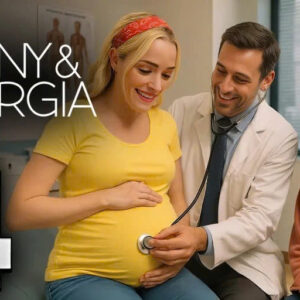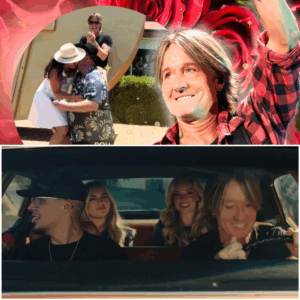Freak Friday went from a young adult novel in the early 1970s to a fairly reliable live-action staple for Walt Disney Pictures. There have been four adaptations so far, though two of them — a terrible 1995 made-for-TV movie and a better 2018 musical version — rarely engender much discussion. Besides the 1976 original, the stand-out is the 2003 remake, starring Jamie Lee Curtis and a then-ascendant Lindsay Lohan. Both films have curried their share of fans over the years, and both have good reasons to tune in now — no small feat for any movie decades after all the profits have been counted and spent.
The two films adopt the same basic formula, as mother and daughter magically switch bodies for a day. Both use it to deliver the same message about walking a mile in someone else’s shoes before judging them. But one of them does it with a little more panache and substance than the other. Here’s a breakdown of the two versions’ pros and cons.
The 1976 Freaky Friday Set the Pace
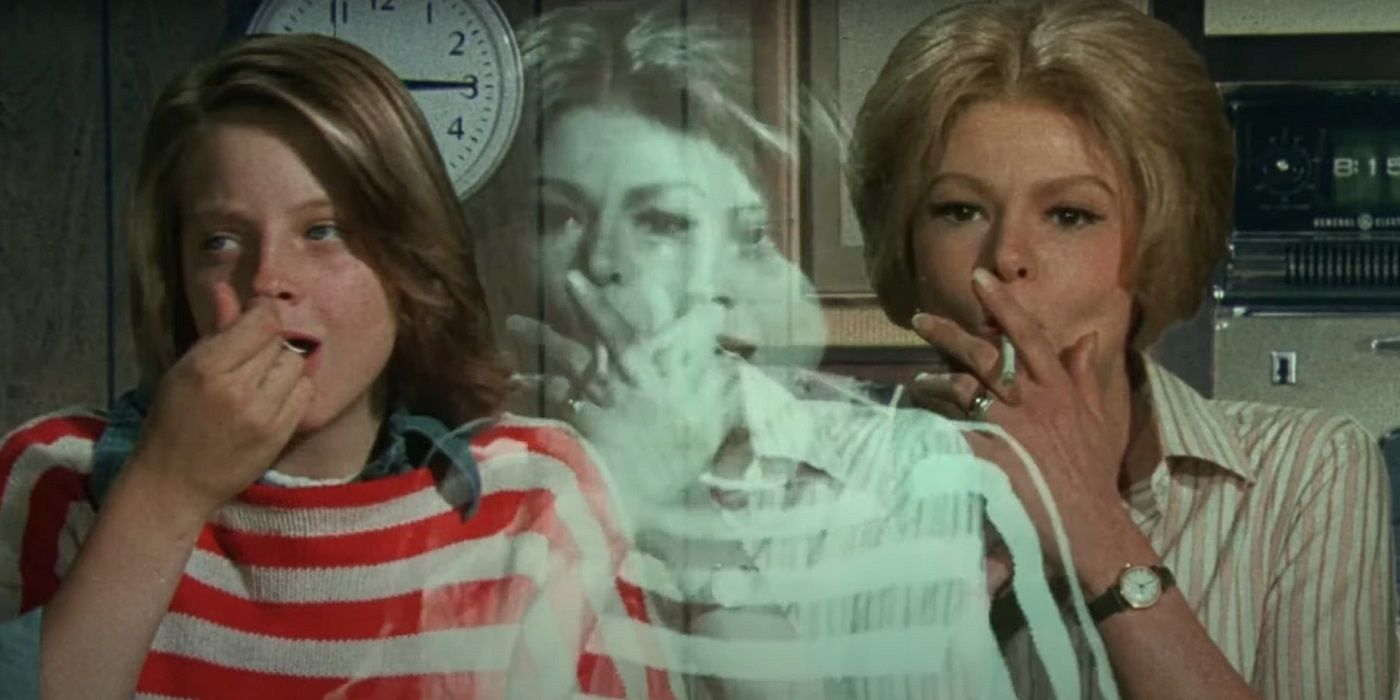
The first film’s biggest assets are the only two that matter: stars Jodie Foster and Barbara Harris as daughter Anabelle and mother Ellen, respectively. Friday the 13th dawns to find them swapping bodies when they both simultaneously wish for it at the same time. The two actors have a ball with the scenario, and the film mines big laughs just by letting them run with it. Harris’s effortless skateboarding, for instance, or Foster trying to lecture her “peers” on etiquette and behavior induce incredible laughter.
The 1976 Freaky Friday Hasn’t Aged Well
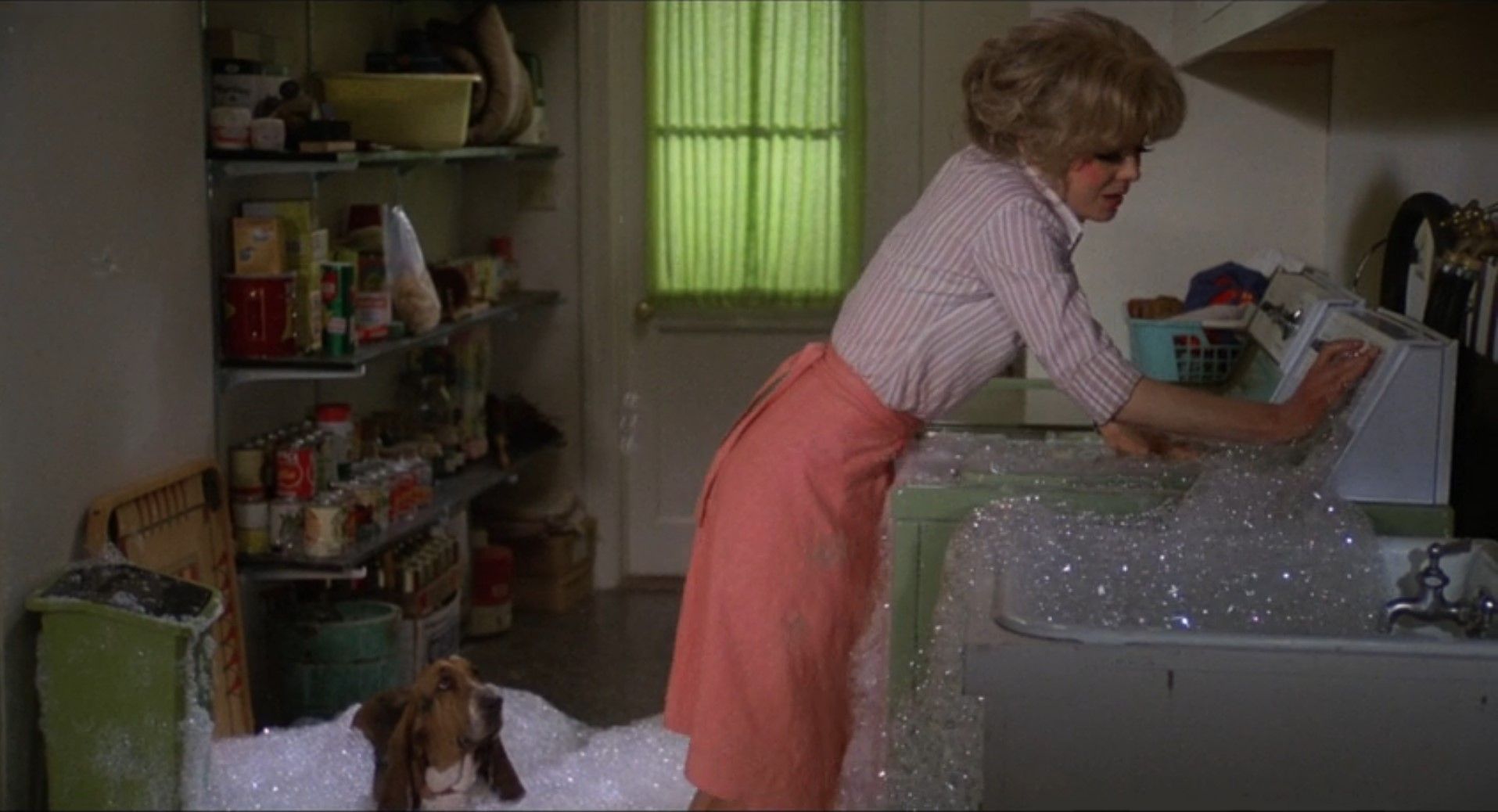
On the downside, those same mid-’70s sensibilities can be distracting for modern audiences. It’s very much a product of its time, and as such feels stuck in the past much more than the 2003 version. Many of the jokes are route and obvious (though the cast elevates them) and the need for a wacky ending forces a lot of contrivance down the audience’s throat. It’s not strictly bad — and makes for a fun nostalgia fix — but it is undeniably of its era. That said, it gets credit for taking a few potshots at the patriarchal norms it otherwise embraces.
The 2003 Freaky Friday Has a Stronger Message
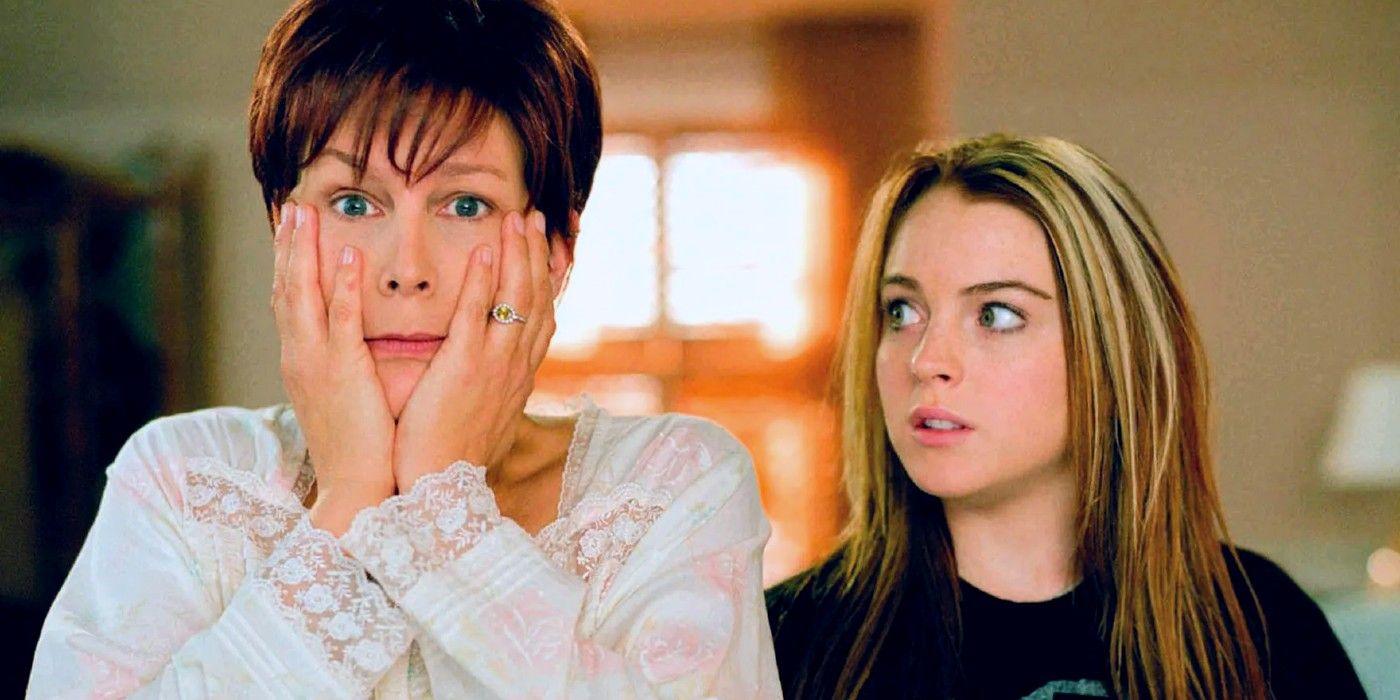
That gives the concept more dramatic weight and the characters more to do other than survive the day as each slowly comes to appreciate the challenges that the other one goes through. The two leads knock the body-swapping notion out of the park. Curtis-as-Anna trying to get through her mother’s therapy sessions is a high point.
The 2003 Freaky Friday Has Offscreen Baggage
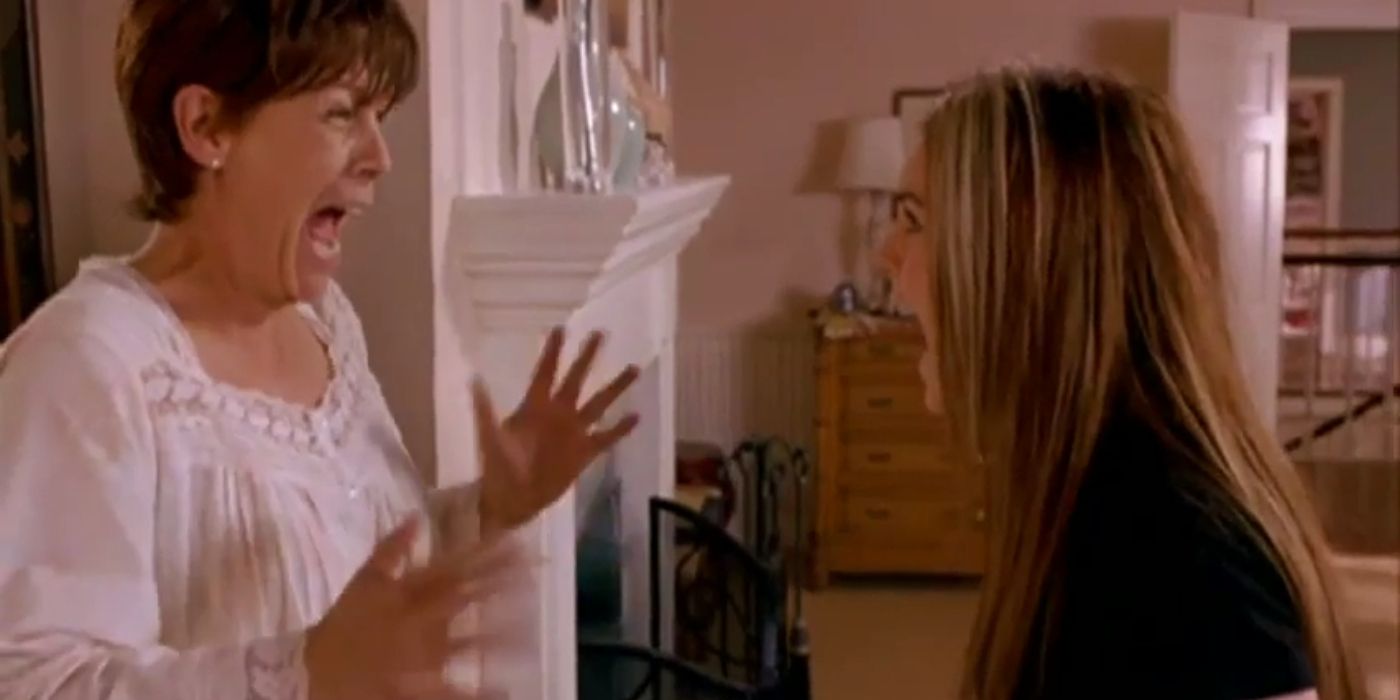
For all its assets, however, there’s an elephant in the room with the 2003 Freaky Friday that has nothing to do with the film itself. Lohan’s appearance here came as part of a meteoric rise that led to Mean Girls one year later and earned her legitimate comparisons to Jodie Foster as an actor of considerable potential. She’s brilliant in Freaky Friday, switching personalities with effortless ease and easily keeping up with the more experienced Curtis. Watching her here is a reminder not only of her subsequent troubles but of the talent it wasted. Hopefully, the sequel will kickstart Lohan’s comeback.
Winner: The 2003 Version Gets Its Freak on With More Style
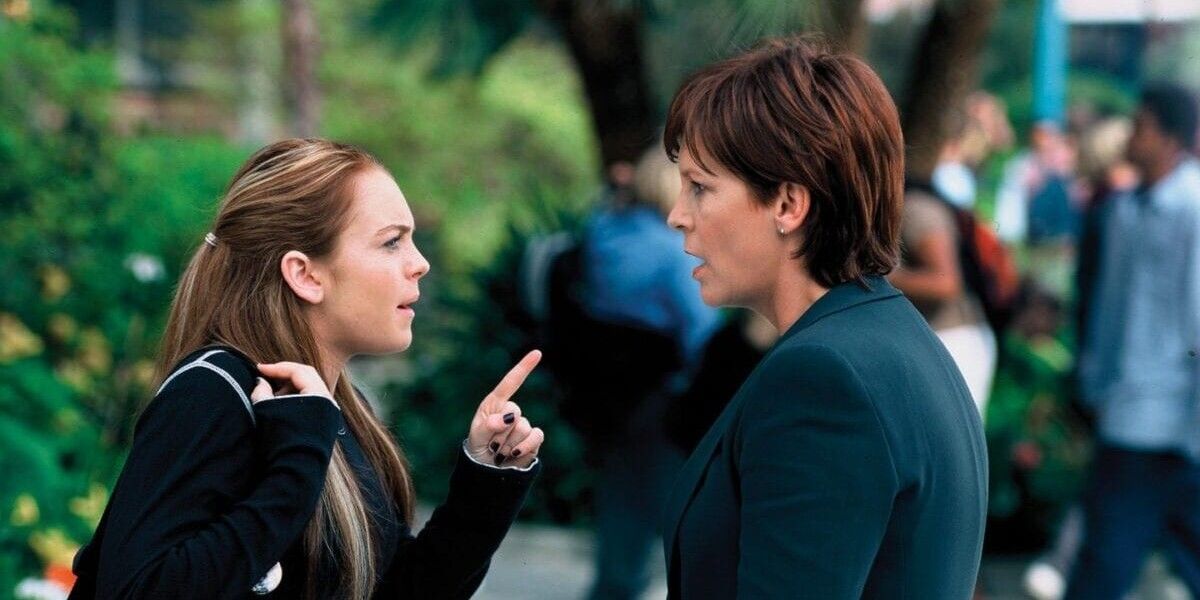
Both movies are unquestionably influenced by the periods in which they were produced, and both have aspects that don’t quite fit with modern sensibilities. The 2003 version, however, offers sharper jokes and a stronger story, which helps it hold up over the years a little better. The first film is a fun throwback to Disney’s live-action heyday, but the remake makes the most out of the concept.


